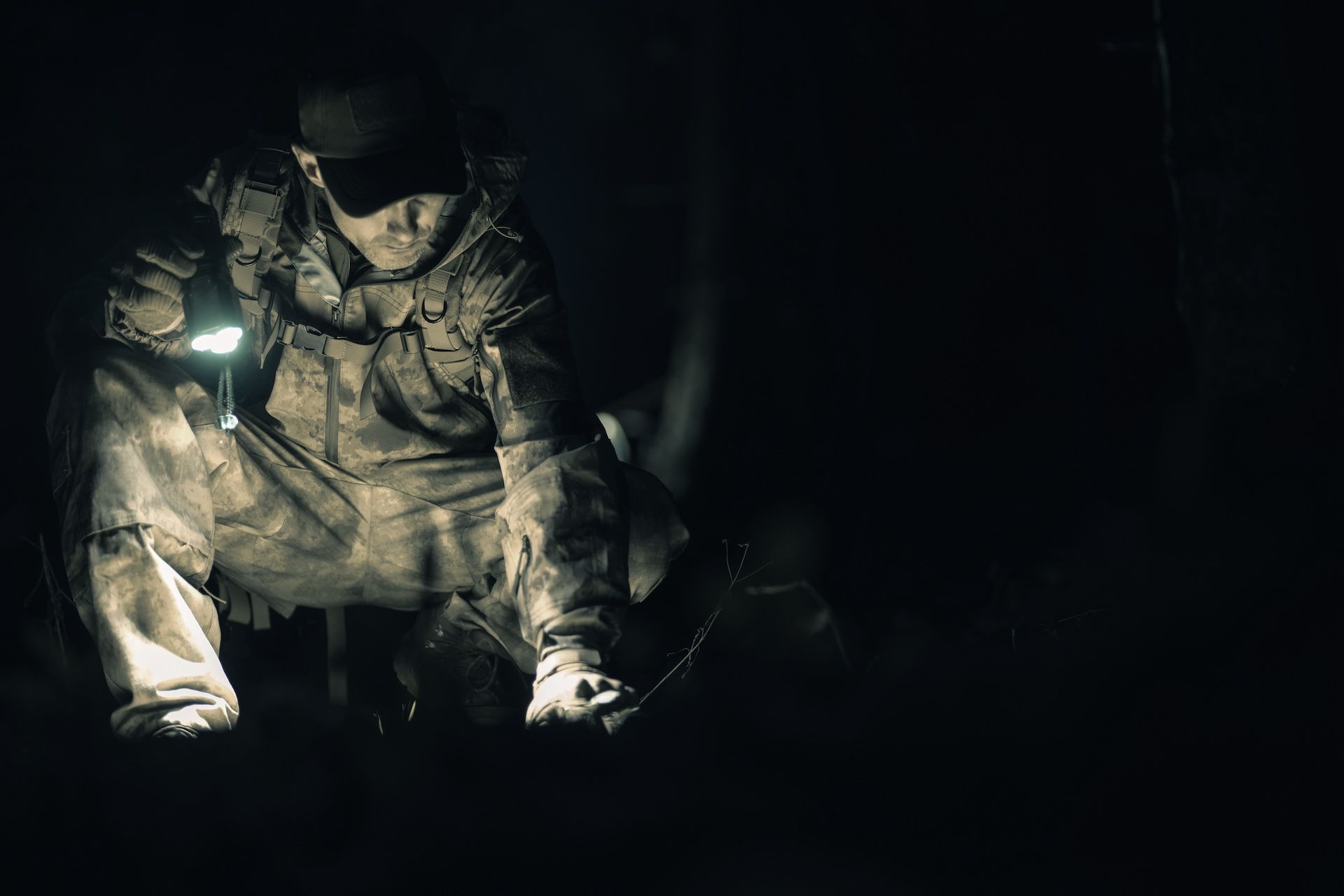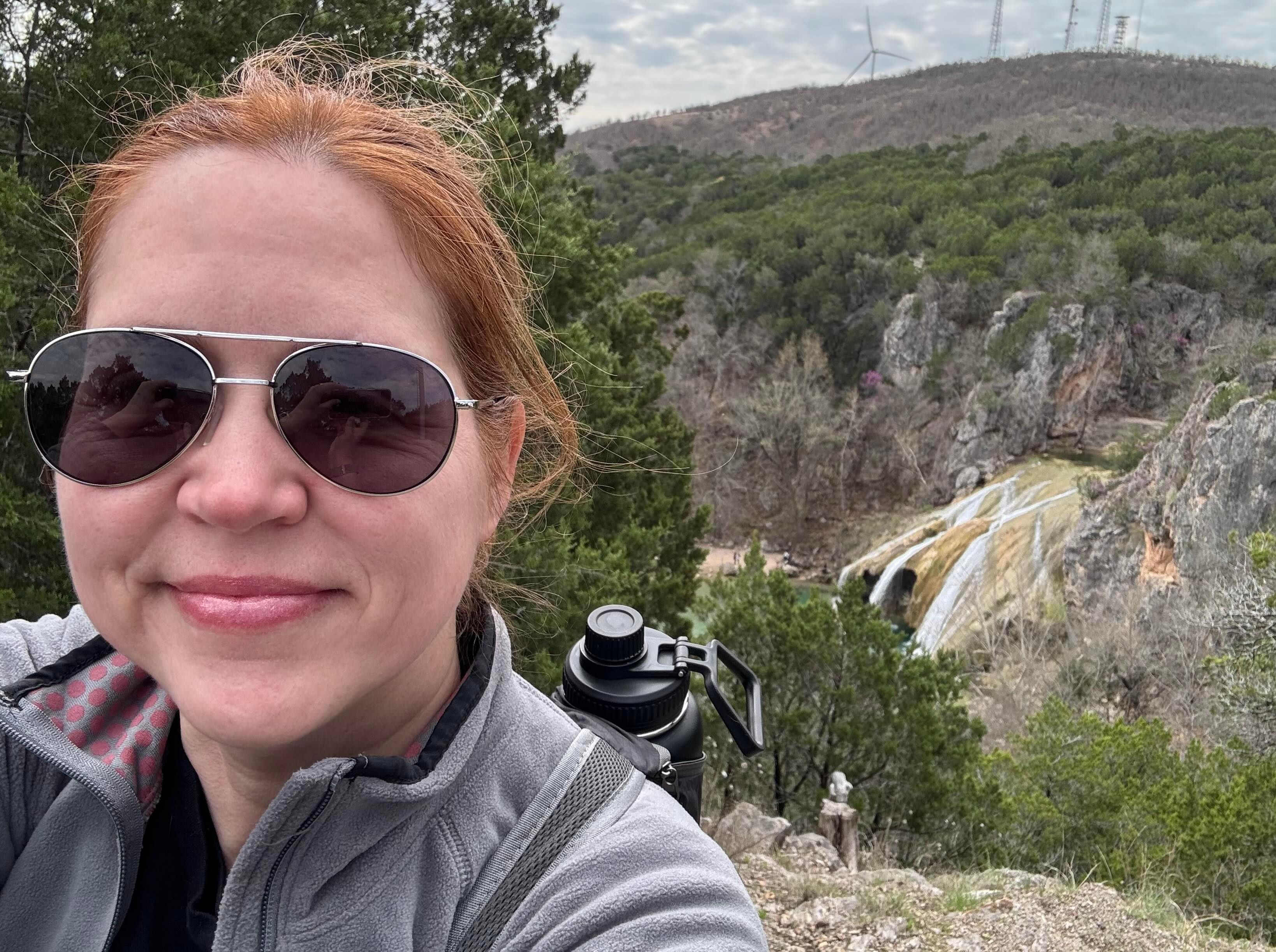What should you wear when coyote hunting at night? Keep reading for our guide below to help you prep your camo and clothing for the ultimate nighttime hunt, targeting one of the ultimate predators on the North American hunting list.
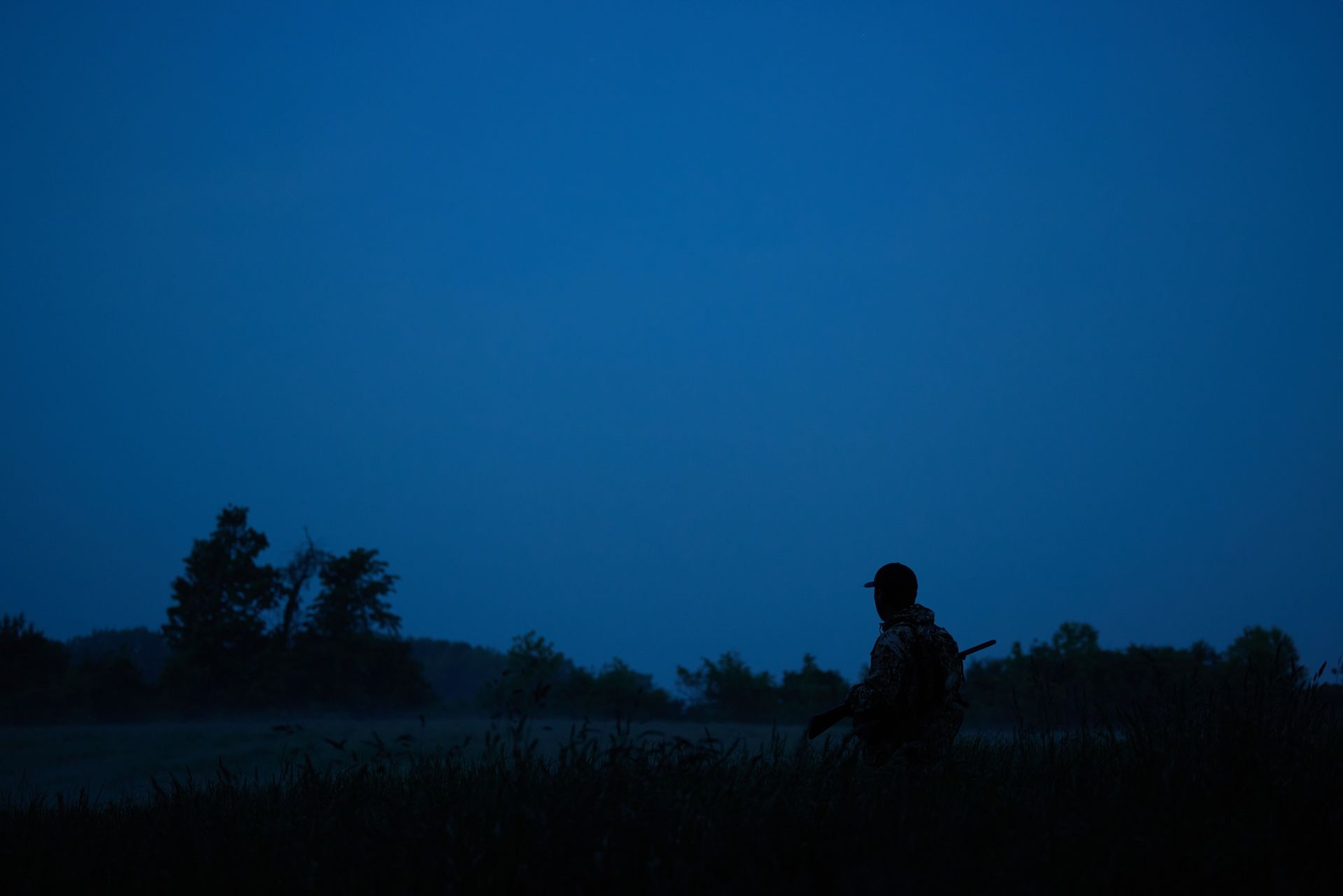
First, Make Sure It's Legal
The legality and potential restrictions on night hunting coyotes vary from state to state. Make sure you carefully review all regulations.
While night hunts can benefit from a thermal scope for coyote hunting technology, spotlights, bait, decoys, infrared technologies, electronic predator calls, and more, these technologies may be prohibited or restricted in some areas.
For example, the Missouri Department of Conservation clearly spells out the rules for hunting coyotes. Depending on where you hunt, check your local Department of Wildlife and Fisheries website for a complete breakdown of the legal parameters of a nighttime coyote hunt, or contact a representative for further clarification.
What Should You Wear When Coyote Hunting at Night?
From camo to being visible to other hunters, you need to suit up in the right hunting clothing for a successful hunt. Here's what we recommend.
Camouflage Patterns for Night Hunting Coyote
Yes, the right camo clothing matters (even in the dark).
Coyotes can be diurnal or nocturnal, adapted to daytime and nighttime circadian rotations. Human activity and presence in their environment strongly influence these behaviors and activity patterns.
Coyotes that live far from human interaction in remote locations tend to be diurnal and hunt during the day, whereas you may find more coyote action closer to urban centers at night.
Either way, they can see well in the dark — much better than humans — and can pick up shifts in lighting, patterning, and the slightest silhouettes. Once they sense something is off, they're out of there, and this instinct seems to be heightened at night.
When choosing camo, choose patterns that reflect your chosen hunting environment, whether woodland or an open field. Consider which camo you would choose during a day hunt and start with that patterning, making some changes such as shadow-based or digital camo patterns designed for low-light conditions.
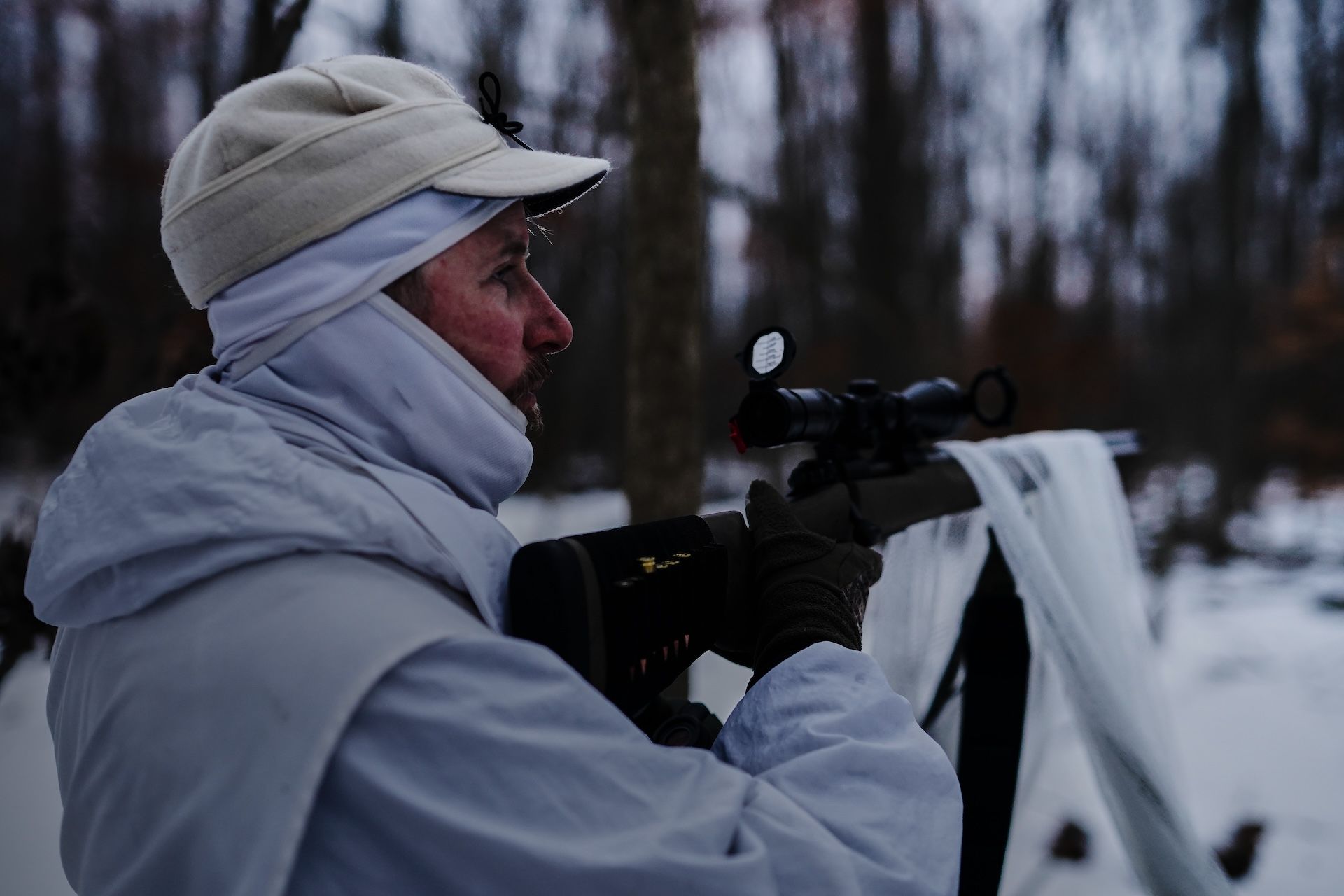
Clothing Layers For Comfort and Warmth
That cool night air can make for some excellent hunting but can also bring the chill factor, meaning you'll have to give up on your night hunt before things get interesting if you're not retaining body heat.
You can always remove a layer — but you can't make one out of thin air.
Start by building moisture-wicking base layers such as polyester and nylon to keep dry. From there, add insulating layers like fleece or thermal wear–especially in colder seasons and add a wind and waterproof outer layer with the right camo.
Bring hand warmers, heated vests for the extreme cold, and some additional lightweight rain gear if rain is forecasted. Finally, a spare pair of socks is always in my bag on a winter hunt.
Silent Materials and Scent Control To Avoid Detection
A coyote's large, pointed ears help them detect noise from far incredible distances. With their highly-evolved hearing capacity, they can detect danger and target prey as small as mice from impressive distances (some say up to a mile).
Focus on soft, quiet, natural fibers like fleece and wool. These smooth fabrics don't rustle, scrape, or crackle like stiffer materials, allowing you to stay undetected and stealthy.
Footwear is another significant consideration, so opt for insulated, waterproof boots to stay warm and dry. Choose boots with soft soles for quieter movement on various terrains–avoid stiff soles, metal attachments, and bright decorations that can attract attention. Practice walking heel-to-toe in smaller than usual steps with controlled movements to avoid making unnecessary noise.
Don't Let Your Smell Give You Away
Like hearing, coyotes have a formidable sense of smell, meaning implementing a scent control program can help you hide any foreign scents that may scare them away.
Some hunters take scent control very seriously, washing their clothes in odor-free products, using scent control bags for storage, and using scent-eliminating products at home and out in the field. While you might not want to go to that extreme, some scent control is better than no scent control, so focus on scent-control clothing, such as that with activated carbon, to help neutralize scents in the field.
Neutralizing sprays are an effective and easy option for out in the field, stopping scents from forming or from outside odors sticking to your clothing. Some even take down odor at the molecular level.
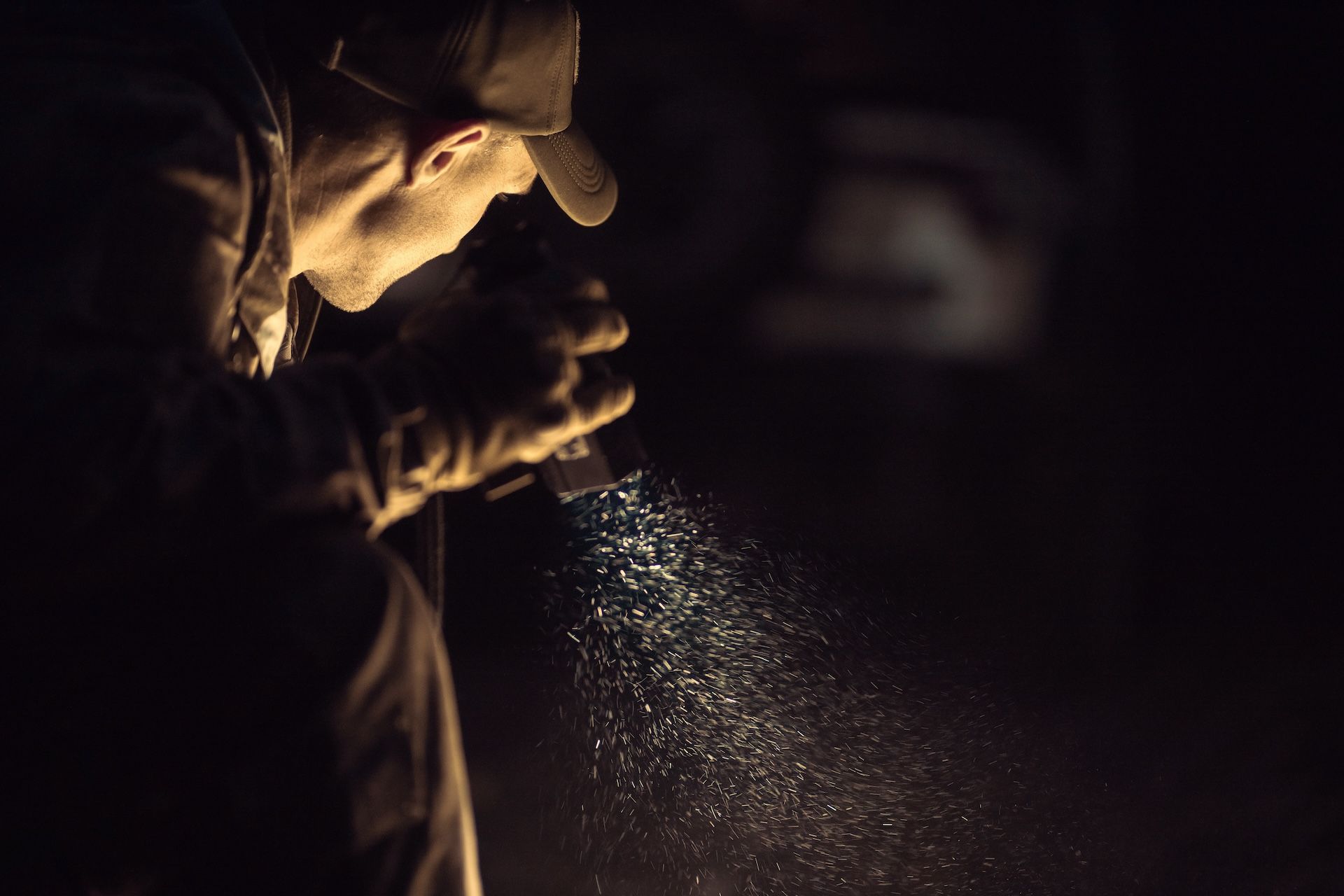
Headgear, Face Masks, and Gloves
Proper headgear and face masks are essential for staying concealed and comfortable during nighttime coyote hunts-think camo and comfort. Up top, wear a dark camo beanie with soft, quiet fabrics to minimize noise and help regulate body temperature. Additionally, use a face mask or balaclava on those cold night hunts with a lighter material for some breathability.
Gloves should allow sufficient dexterity to undertake intricate tasks such as calling, loading rifles, or using an online map to search locations. I recommend layering gloves with light and heavy pairs and removing the heavier pair when necessary to maintain hand warmth.
Safety and Night Vision
When choosing headgear, choose lightweight or tight-fitting beanies that allow the attachment of night vision devices, as bulky gear can interfere with the function.
Then, to stay safe out in the field without compromising your ability to blend into the night, add small reflective strips to your gear that can be easily covered when you are on a coyote or in an area where other hunters may be present. Additional steps like subtle red or green light locators for backpacks and headgear can help boost your visibility without alerting coyotes.
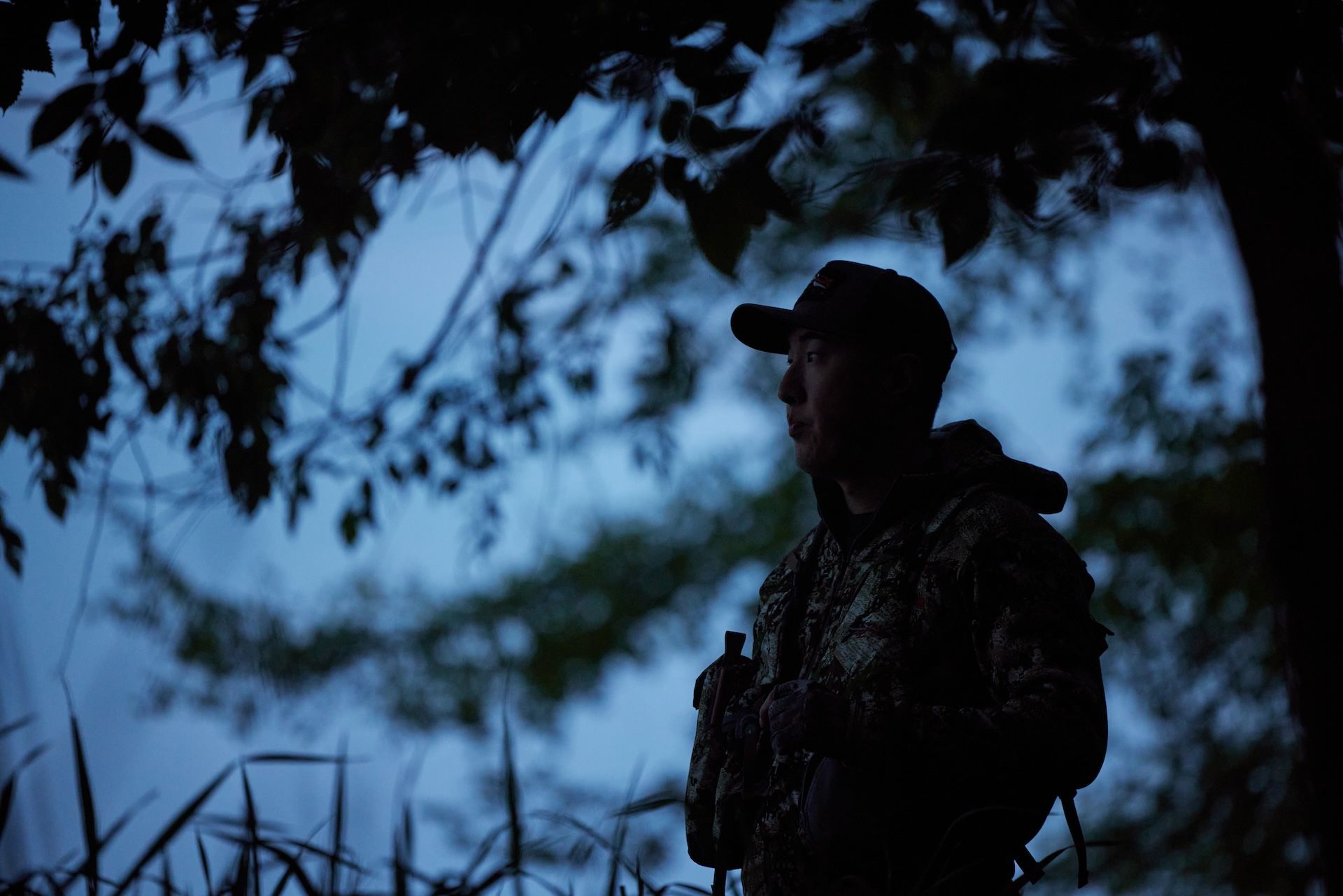
Hunt Coyotes at Night With Confidence Using HuntWise
Coyote hunting offers the ultimate hunting experience, allowing you to harvest fur, keep your skills sharp, and actively participate in conservation and removing some predatory animals to help maintain ecological balance. Follow the tips above for the ultimate setup and potential for success when coyote hunting at night.
If you're ready to level up your hunts no matter the time of year (or day) — whether you're after coyotes or other wild game — download the HuntWise hunting app for cutting-edge mapping technology and real-time animal behavior and weather insights.
Plan the ideal nighttime hunt while you explore the app (free) during your first week.
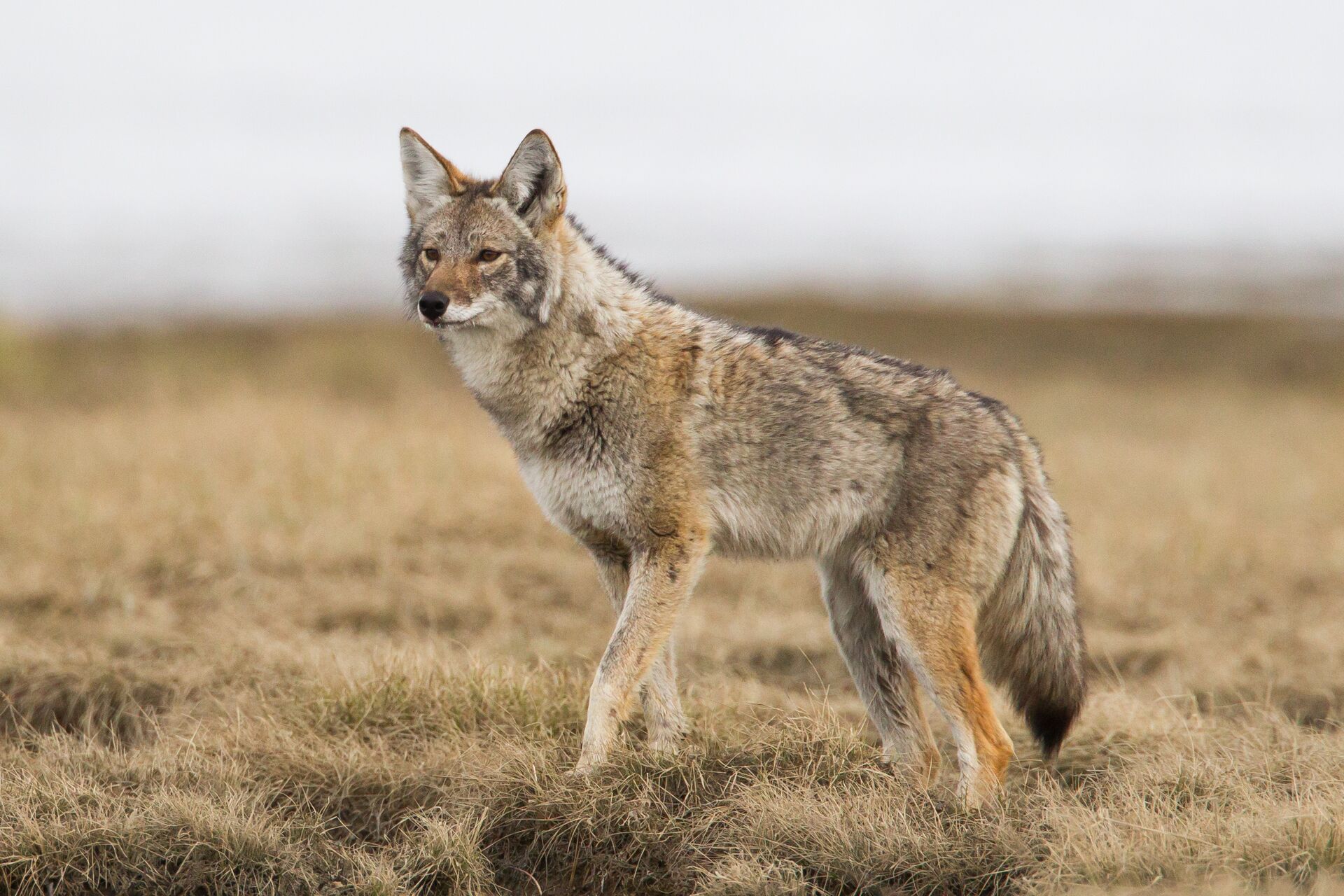
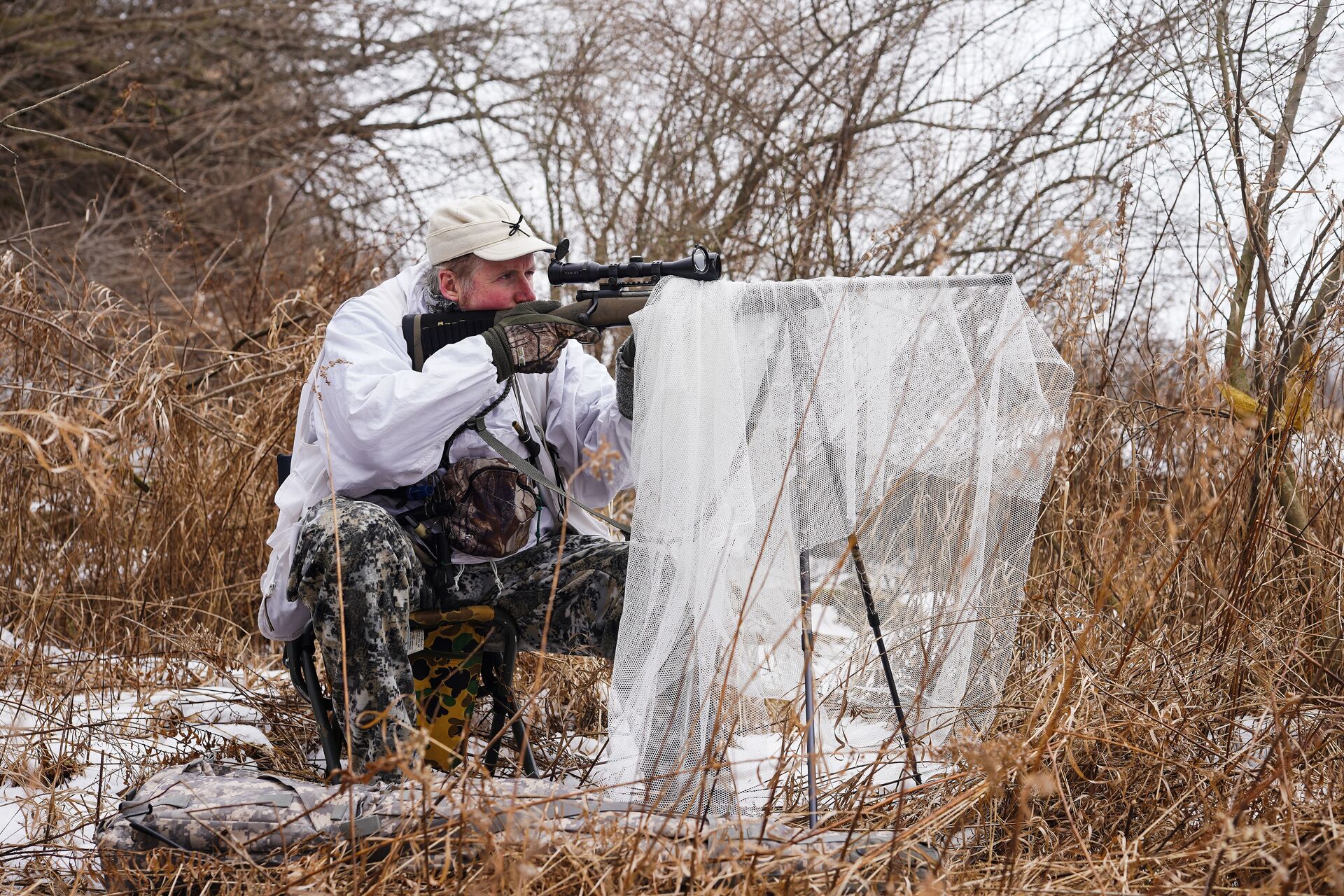
 Coyote
Coyote Coyote
Coyote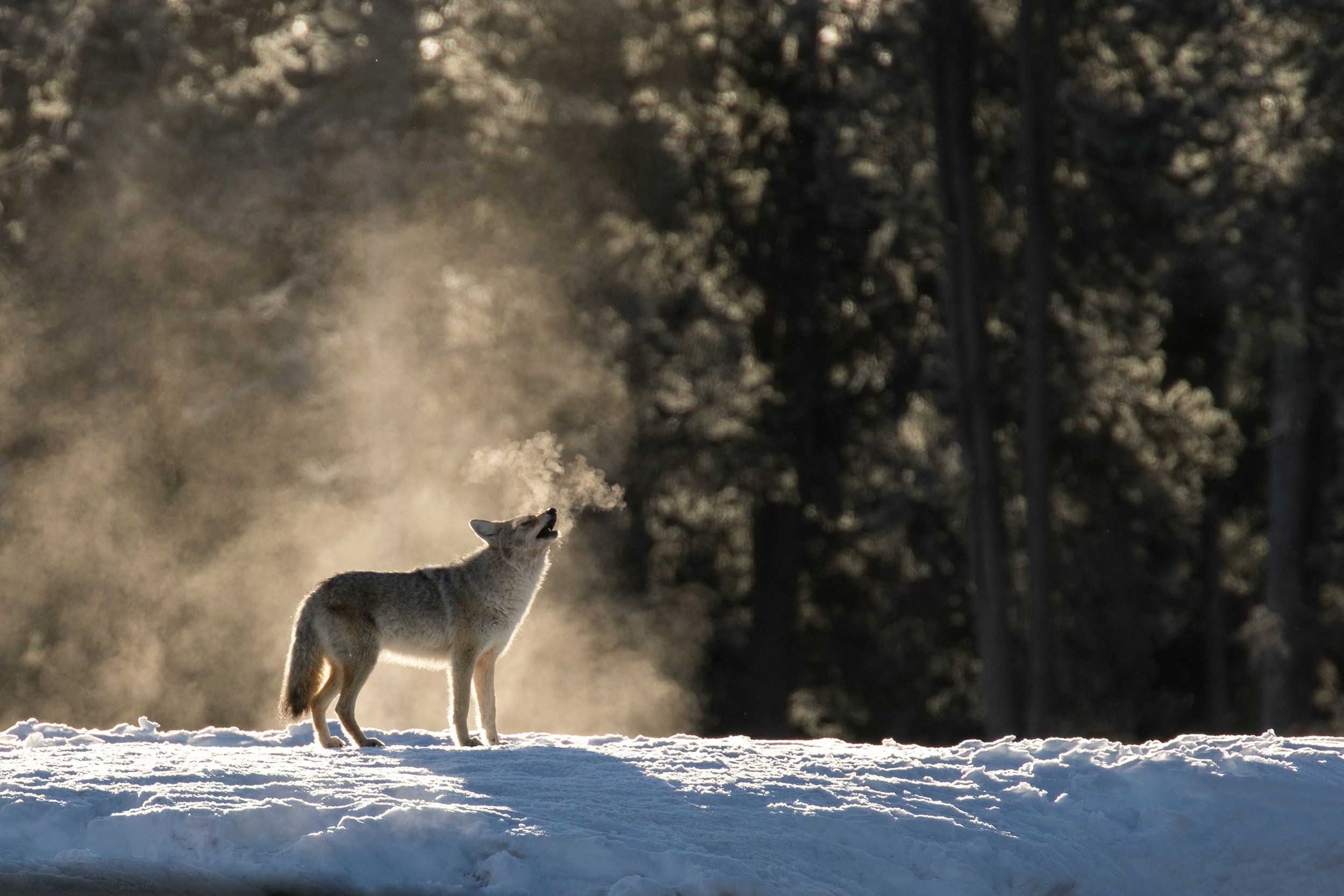 Coyote
Coyote